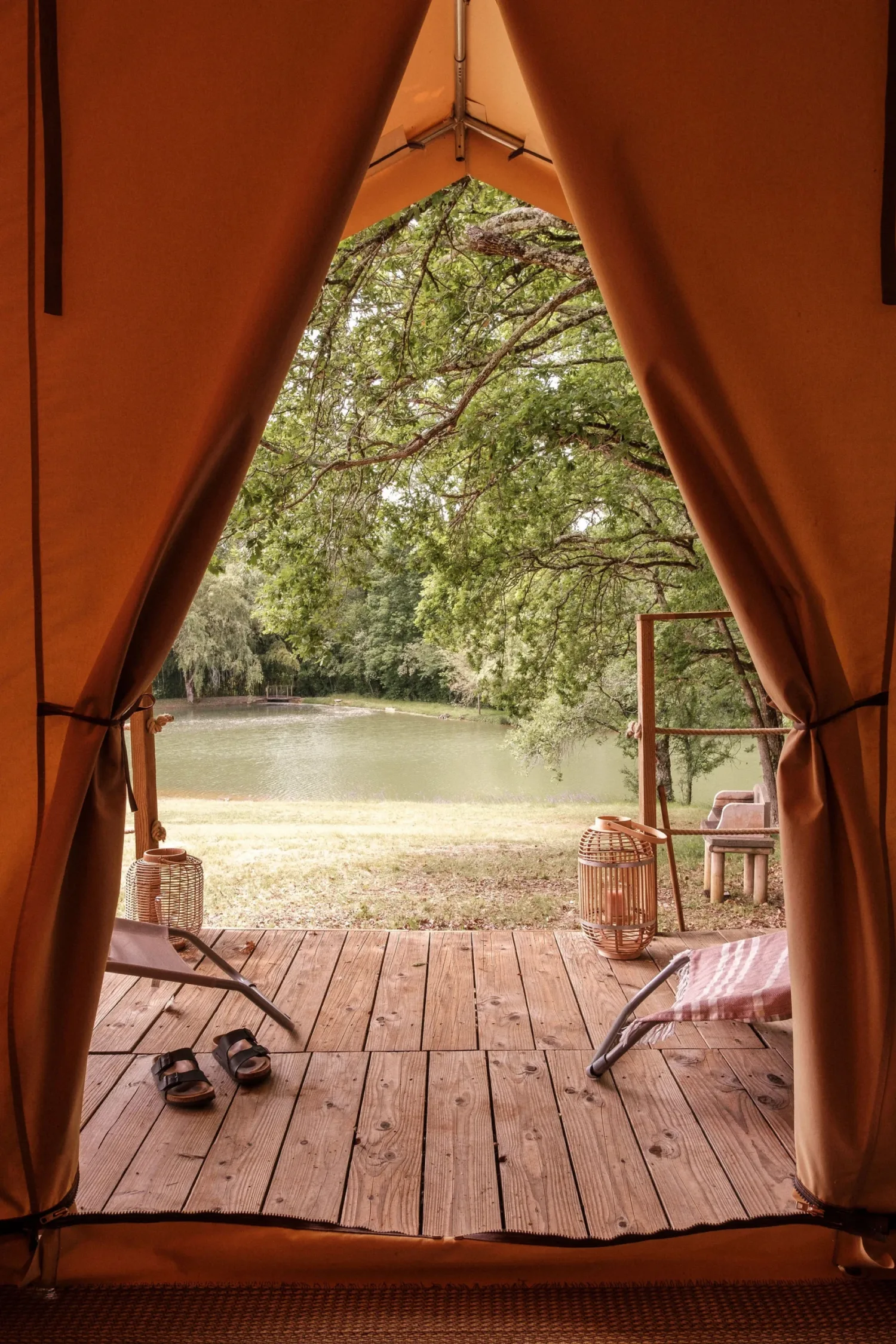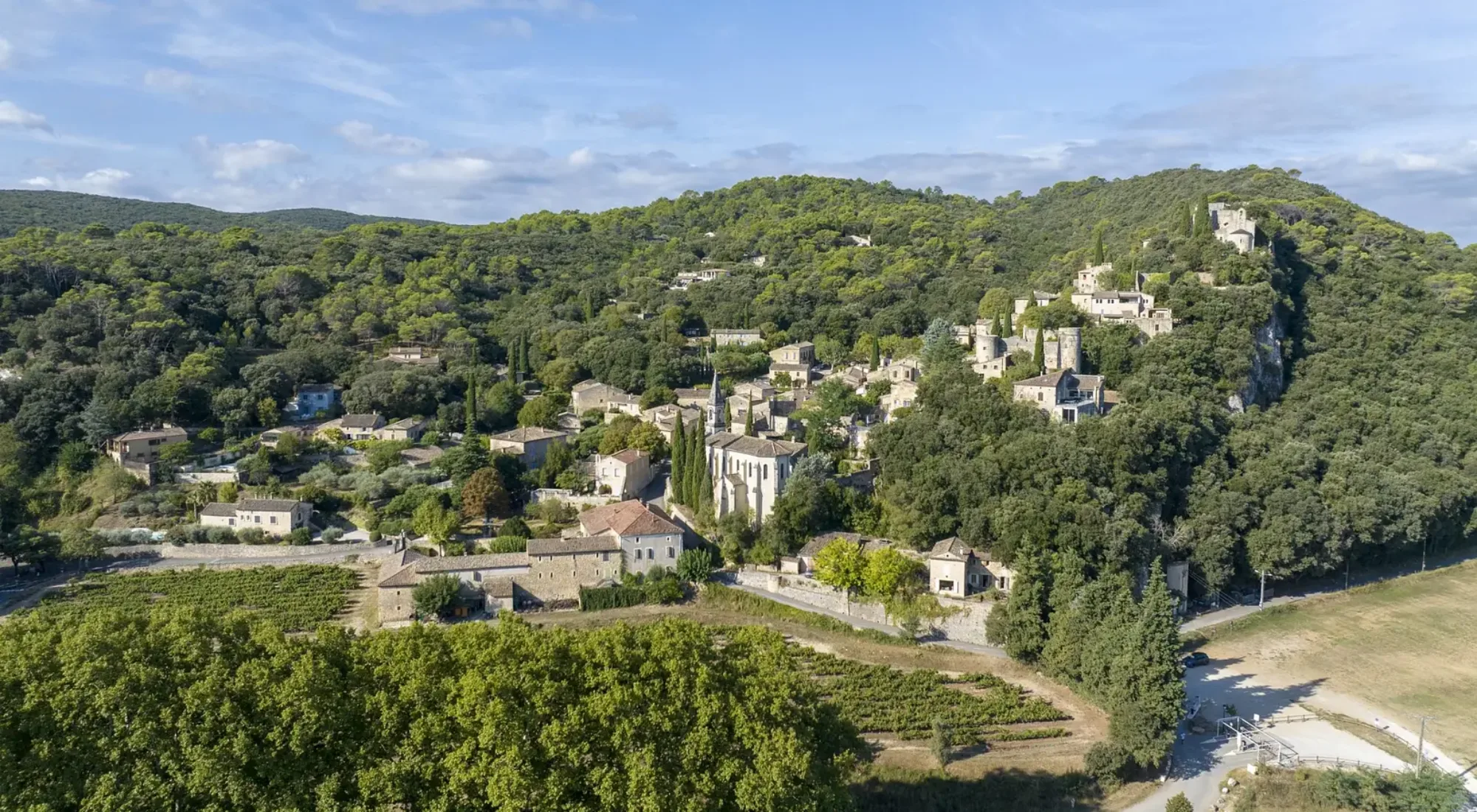The most beautiful villages in the Cévennes

The Cévennes, located between Lozère and Gard, are home to some of the most beautiful villages in France. Nestled in the heart of unspoilt natural landscapes, these villages combine a unique blend of historic charm and rugged beauty. From cobbled streets to stone houses, each Cévennes village tells a story rich in tradition and culture.
Discover the most beautiful villages in the Cévennes and plan to visit them all during your stay at Slow Village Provence Occitanie.
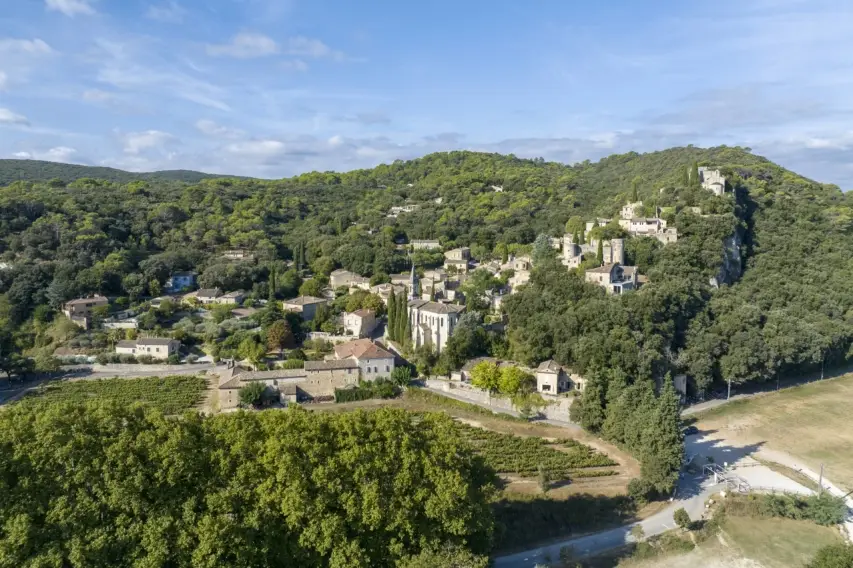
Aigremont and its historical heritage
Aigremont stands proudly on a road traced by the Romans, once linking Sauve to Uzès. The circular remains of the ancient fortress suggest that the village took on this particular shape.
Don't forget to take a look back at the key events of the Camisard War, and take a moment of respite in the ravines of Aigremont, classified as a Natural Area of Ecological Interest. This haven of peace is home to remarkable biodiversity, with varied flora and rich fauna, including two protected bird species.
Before setting off to explore some of the Cévennes' most beautiful villages, take the time to consult the orientation table: a panoramic view opens up over the Pic Saint Loup and the relief of the Monts d'Ardèche.
Aumessas, an authentic village with character
In the heart of the Cévennes National Park lies Aumessas, a village where granite and schist weave a landscape of authentic hues. The surrounding hamlets are adorned with limestone and sandstone, carefully sculpted in lime and sand.
The village's winding streets, paved with river pebbles, invite you to take a leisurely stroll. The commercial traditions of yesteryear have bequeathed this village with opulent residences, vaulted passageways and calades adorned with vegetation.
A must on any visit to this charming village is Château de la Rode, a 14th-century seigniorial building that illustrates the architectural splendor of the Cévennes region, with its majestic spiral staircase and imposing period fireplace.
Hiking enthusiasts will be delighted by the many GR trails that criss-cross the region.
Aujac, a Cévennes setting and exceptional heritage
It's impossible to talk about the most beautiful villages in the Cévennes without mentioning Aujac. Nestled in the heart of the Cévennes, the village of Aujac stands out for its exceptional panorama, with Mont Lozère in the background.
This village in south-east France is home to some valuable historical treasures, including the church of Saint Martin, recognizable by its unique combed steeple.
The Château de Cheylard, a listed historic monument, stands proudly on its promontory, and is the venue for a variety of cultural events throughout the year.
Don't miss the ancestral chestnut dryer, a testament to local know-how and Aujac's rural history.
Barjac, jewel of the Renaissance
Nestled between the Ardèche, Cèze and Cévennes gorges, Barjac's architecture reveals the richness of its Renaissance heritage.
This picturesque village hosts two renowned antiques fairs, as well as markets dedicated to organic produce.
A walk in Barjac is an invitation to discover an exceptional heritage and prehistoric traces, including a remarkable collection of dolmens, typical treasures of this land.
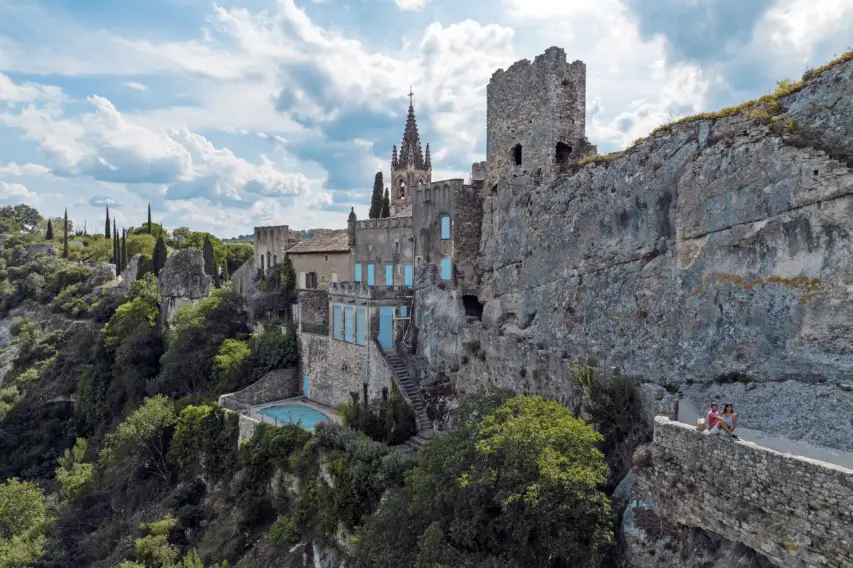
Dourbies, a village steeped in history
Overlooking the river of the same name, Dourbies is a village full of character.
The term "Dourbie" has its origins in the Gallic language "Dubro", which translates as "running water".
This village, one of the most beautiful in the Cévennes, stands out for its historical heritage, its agricultural activity and its forestry and pastoral traditions.
It has been recognized as a UNESCO World Heritage Site since 2011.
This Cévennes location lends itself wonderfully to stays that are both enriching and relaxing. When the sky is clear, the view widens to embrace the Mediterranean.
Corconne: between nature and tradition
Overlooked by impressive cliffs just a stone's throw from the Pic Saint Loup, the village of Corconne has an immense charm all of its own. With its narrow streets winding uphill, this village reveals treasures at every turn.
Your walk may well take you to the remains of the ancient château, or to a chapel hidden in the heart of the Coutach forest. Don't miss the Pont du Hasard, a natural arch that joins two rock faces above a spectacular canyon.
This village, one of the most beautiful in the Cévennes, is the setting for a festive and gourmet event: the olive festival. Renowned for its olive-growing heritage, Corconne celebrates this heritage every year. The Knights of the Olive Tree, guardians of this tradition, breathe life and passion into it.
Mialet, a historic Cévennes village
The hamlet of Mialet, nestled in a wild, unspoilt valley, is distinguished by its historic past in the Cévennes, which earned it UNESCO World Heritage status in 2011.
The town's history was marked by the deportation of its population in 1703, an event linked to violent religious conflicts, and in particular the Camisards revolt, emblematic of Huguenot resistance.
The Musée du Désert, housed in the house where Pierre Laporte, nicknamed Rolland and a Camisard leader, was born, opens its doors to you for an immersion in these troubled times.
Discover the Abarines and Camisards bridges, both listed as historic monuments.
For a journey through history and nature, visit the Trabuc cave, with its 100,000 soldiers room, an unparalleled geological wonder.
Saint-Martial: discover a traditional Cevennes village
Perched on a promontory, this is one of the most beautiful villages in the Cévennes, with its typical architecture featuring vaulted porches and staircase lanes. The white crosses overhanging the doors of the village's houses bear witness to the village's Catholic roots.
Sauve: a unique heritage
For a walk in the heart of nature, head for the Col de la Tribale, a landmark of the region. The village of Saint-Martial is also famous for its traditional cultivation of Cévennes sweet onions, a renowned agricultural product.
Sauve: a unique heritage
According to ancient accounts, the town of Sauve was named after the sage plant, which protected its residents from the plague.
This village, the nerve center of the Salavès region, is like an open-air museum with its well-preserved medieval architecture.
The old bridge, the ruins of the ramparts and the fortified gates form the backdrop to this historic tableau. The narrow streets of Sauve invite you to relax, and promise unexpected discoveries, not least thanks to the many artisan workshops to be found here.
Beyond the story, set off on an adventure to the Sea of Rocks, a stunningly beautiful natural spectacle that seems straight out of a fairy tale.
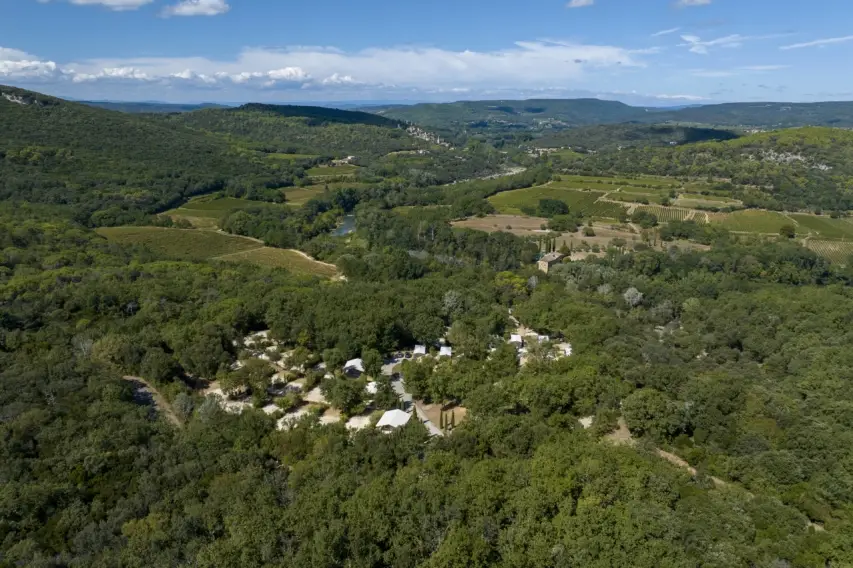
Vézénobres: a historical and botanical panorama
If you're looking for a tour of the Cévennes' most beautiful villages, don't miss a visit to Vézénobres. Perched on a rocky outcrop, Vézénobres offers walkers a breathtaking view that stretches as far as the eye can see.
This village, known since the Middle Ages for its dried figs, is now home to an orchard dedicated to the preservation of some one hundred varieties of fig.
In the village of Vézénobres, don't miss a visit to the Rue des Maisons Romanes. This ancient road is dotted with remarkable buildings that bear witness to the rich commercial exchanges of the time. The houses bear the imprint of the Genoese merchants of yesteryear, who built flourishing trading centers in this village.

